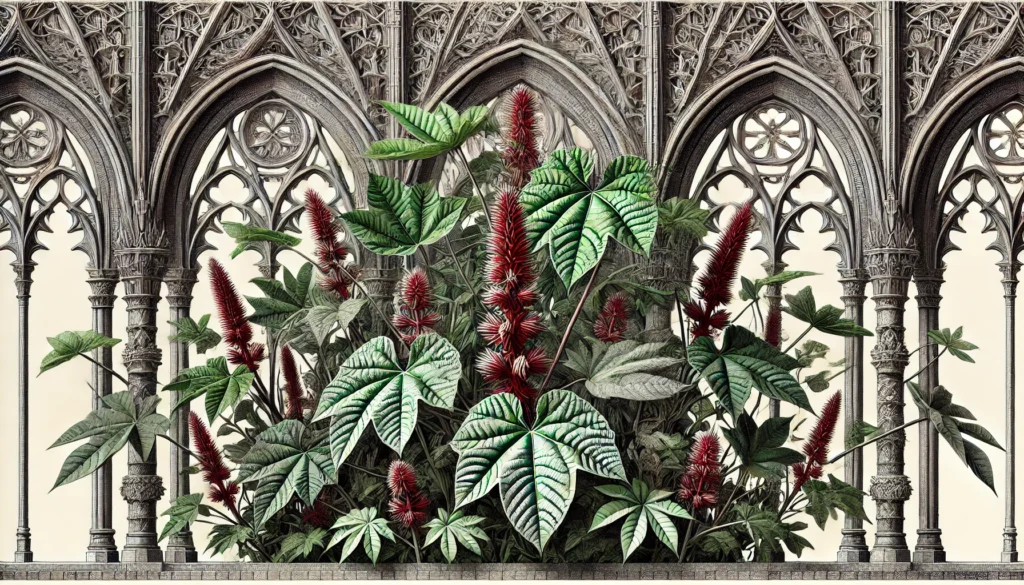

Home » Cat Plants » The Harm the Mole Bean Plant Can Cause to Cats

The mole bean plant, also known as the castor bean plant or Ricinus communis, is highly toxic to cats. This plant contains the toxic principle ricin, which can cause severe poisoning if ingested. The mole bean plant is commonly found as an ornamental plant in gardens and landscaping.
Ingestion may cause mild gastrointestinal upset, but is generally not life-threatening.
Ingestion can result in mild symptoms like vomiting, diarrhea, or drooling. Rarely fatal but may require veterinary care.
Eating these plants can lead to more pronounced symptoms like abdominal pain, lethargy, or difficulty breathing. Veterinary intervention may be necessary.
Ingesting even small amounts can cause severe symptoms like organ damage, seizures, or cardiac failure without rapid treatment.
All parts of these plants are extremely poisonous to cats and can quickly lead to death, even with immediate veterinary care.
** Please note: Please note that toxicity level can vary based on the amount ingested and the specific cat. It's always best to keep these plants completely inaccessible to cats and seek immediate veterinary care or call the poison hotline if you suspect your cat has ingested any part of a toxic plant.
If a cat ingests any part of the mole bean plant, especially the beans, it can experience severe symptoms of ricin poisoning. The most common signs include:
Seek immediate veterinary care if you suspect your cat has eaten any part of this plant.
If you bring your cat to the vet suspecting mole bean plant poisoning, here are the steps they may take:

A: Yes, the Mole Bean plant, also known as castor bean, is extremely harmful to cats if ingested. It contains ricin, a potent toxin that can cause severe poisoning even in small amounts.
A: If a cat ingests Mole Bean, symptoms such as vomiting, diarrhea, and abdominal pain are common. In severe cases, tremors, seizures, and even death can occur without immediate veterinary care.
A: The Mole Bean plant is highly toxic to pets, including cats and dogs. Due to the presence of ricin, even a small exposure can lead to life-threatening symptoms.
A: If your cat ingests Mole Bean, contact your veterinarian or an emergency animal hospital immediately. Early intervention is critical, as this plant’s toxicity can be fatal without prompt treatment.
A: Yes, there are several cat-safe plants like spider plants or Boston ferns that are excellent alternatives to the Mole Bean. These non-toxic plants are safe for your pets and can enhance your home without risk.
A: To prevent your cat from eating toxic plants like Mole Bean, avoid keeping them in your home or garden. Opt for pet-friendly plants and ensure toxic species are placed out of your cat’s reach if present.
The mole bean plant, Ricinus communis, has a long history of use dating back thousands of years:
Please note: The information shared in this post is for informational purposes only and should not be considered as veterinary medical advice.
🐾 A hilarious or heart-melting cat video
🐾 Our latest paws-on review of a cool cat toy